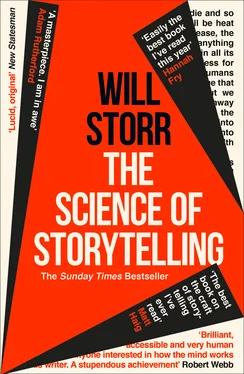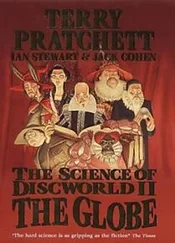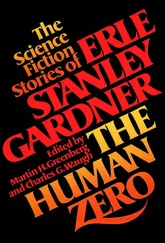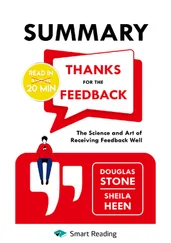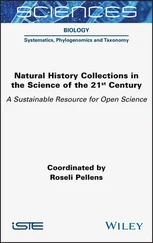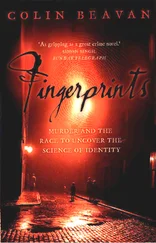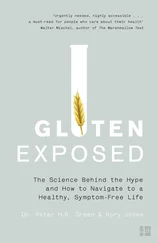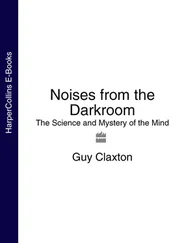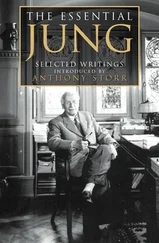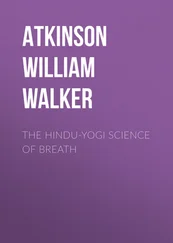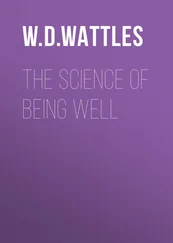When posed with even the deepest questions about reality, human brains tend towards story. What is a modern religion if not an elaborate neocortical ‘theory and explanation about what’s happening in the world and why’? Religion doesn’t merely seek to explain the origins of life, it’s our answer to the most profound questions of all: What is good? What is evil? What do I do about all my love, guilt, hate, lust, envy, fear, mourning and rage? Does anybody love me? What happens when I die? The answers don’t naturally emerge as data or an equation. Rather, they typically have a beginning, a middle and an end and feature characters with wills, some of them heroic, some villainous, all co-starring in a dramatic, changeful plot built from unexpected events that have meaning.
To understand the basis of how the brain turns the superabundance of information that surrounds it into a simplified story is to understand a critical rule of storytelling. Brain stories have a basic structure of cause and effect. Whether it’s memory, religion, or the War of the Ghosts, it rebuilds the confusion of reality into simplified theories of how one thing causes another. Cause and effect is a fundamental of how we understand the world. The brain can’t help but make cause and effect connections. It’s automatic. We can test it now. BANANAS. VOMIT. Here’s the psychologist Professor Daniel Kahneman describing what just happened in your brain: ‘There was no particular reason to do so, but your mind automatically assumed a temporal sequence and a causal connection between the words bananas and vomit, forming a sketchy scenario in which bananas caused the sickness.’
As Kahneman’s test shows, the brain makes cause and effect connections even where there are none. The power of this cause and effect story-making was explored in the early twentieth century by the Soviet filmmakers Vsevolod Pudovkin and Lev Kuleshov, who juxtaposed film of a famous actor’s expressionless face with footage of a bowl of soup, a dead woman in a coffin and a girl playing with a toy bear. They then showed each juxtaposition to an audience. ‘The result was terrific,’ recalled Pudovkin. ‘The public raved about the acting of the artist. They pointed out the heavy pensiveness of his mood over the forgotten soup, were touched and moved by the deep sorrow with which he looked on the dead woman, and admired the light, happy smile with which he surveyed the girl at play. But we knew that in all three cases the face was exactly the same.’
Subsequent experiments confirmed the filmmakers’ findings. When shown cartoons of simple moving shapes, viewers helplessly inferred animism and built cause-and-effect narratives about what was happening: this ball is bullying that one; this triangle is attacking this line, and so on. When presented with discs moving randomly on a screen, viewers imputed chase sequences where there were none.
It’s cause and effect that powers curiosity. Human brains and human stories ask, ‘Why did that happen? And what’s going to happen next?’ When presented with ‘sham’ wooden blocks, whose centre of gravity had been altered by hidden weights so they toppled over, most human three-to-five-year-olds inspected their bricks curiously in an attempt to discover the cause of the unexpected behaviour. Not a single chimp, in the same experiment, did. Humans, the Professor of education Paul Harris has said, ‘probe the how and why of things, sometimes tenaciously, even if it yields no tangible rewards’. Every scene in a compelling story is a cause that triggers our childlike curiosity about its potential effects. With each new development an information gap opens up which creates a tantalising yearning for what’s coming next. This is how bestselling page-turners and blockbusting scripts generate their addictive force. They have a relentless adherence to forward motion, one thing leading to another, and exploit our quenchless curiosity for fuel.
And yet cause and effect can be hard work to write. In 2005, the Pulitzer prizewinning playwright David Mamet was captaining a TV drama called The Unit. After becoming frustrated with his writers producing scenes with no cause and effect – that were, for instance, simply there to deliver expository information – he sent out an angry ALL CAPS memo, which leaked online (I’ve de-capped what follows to save your ears): ‘Any scene which does not both advance the plot and standalone (that is, dramatically, by itself, on its own merits) is either superfluous or incorrectly written,’ he wrote. ‘Start, every time, with this inviolable rule: the scene must be dramatic. It must start because the hero has a problem, and it must culminate with the hero finding him or herself either thwarted or educated that another way exists.’
The issue isn’t simply that scenes without cause and effect tend to be boring. Plots that play too loose with cause and effect risk becoming confusing, because they’re not speaking in the brain’s language. This is what the screenwriter of The Devil Wears Prada , Aline Brosh McKenna, suggested when she said, ‘You want all your scenes to have a “because” between them, and not an “and then”.’ Brains struggle with ‘and then’. When one thing happens over here, and then we’re with a woman in a car park who’s just witnessed a stabbing, and then there’s a rat in Mothercare in 1977, and then there’s an old man singing sea shanties in a haunted pear orchard, the writer is asking a lot of people.
But sometimes this is on purpose. An essential difference between commercial and literary storytelling is its use of cause and effect. Change in mass-market story is quick and clear and easily understandable, while in high literature it’s often slow and ambiguous and demands plenty of work from the reader, who has to ponder and de-code the connections for themself. Novels such as Marcel Proust’s Swann’s Way are famously meandering and include, for example, a description of hawthorn blossom that lasts for well over a thousand words. (‘You are fond of hawthorns,’ one character remarks to the narrator, halfway through.) The art-house films of David Lynch are frequently referred to as ‘dreamlike’ because, like dreams, there’s often a dearth of logic to their cause and effect.
Those who enjoy such stories are more likely to be expert readers, those lucky enough to have been born with the right kinds of minds, and raised in learning environments that nurtured the skill of picking up the relatively sparse clues in meaning left by such storytellers. I also suspect they tend to be higher than average in the personality trait ‘openness to experience’, which strongly predicts an interest in poetry and the arts (and also ‘contact with psychiatric services’). Expert readers understand that the patterns of change they’ll encounter in art-house films and literary or experimental fiction will be enigmatic and subtle, the causes and effects so ambiguous that they become a wonderful puzzle that stays with them months and even years after reading, ultimately becoming the source of meditation, re-analysis and debate with other readers and viewers – why did characters behave as they did? What was the filmmaker really saying ?
But all storytellers, no matter who their intended audience, should beware of over-tightening their narratives. While it’s dangerous to leave readers feeling confused and abandoned, it’s just as risky to over-explain. Causes and effects should be shown rather than told; suggested rather than explained. If they’re not, curiosity will be extinguished and readers and viewers will become bored.
Just as bad, they’ll become alienated from the story. People should be free to anticipate what’s coming next and able to insert their own feelings and interpretations into why that just happened and what it all means. These gaps in explanation are the places in story in which they insert themselves: their preconceptions; their values; their memories; their connections; their emotions – all become an active part of the story. No storyteller can ever transplant their neural world perfectly into another’s mind. Rather, their two worlds mesh. Only by the reader insinuating themselves into a work can it create a resonance that has the power to shake them as only art can.
Читать дальше
